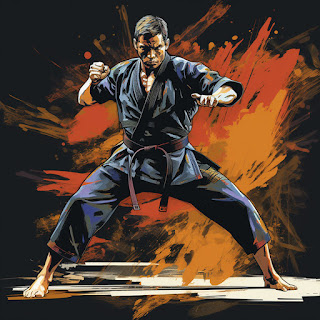How Does Teen Karate Belt Ranking Work?
Key Takeaways:
- Training advances through white, yellow, orange, green, blue, brown, and black belts, with each rank demanding particular skills and time investment
- Belt examinations focus on four essential components: basic techniques, kata, sparring proficiency, and self-defense mastery
- Most schools require students to be 16 for full black belt testing, though younger teens can earn junior black belt ranks
- A black belt journey typically spans 4-5 years of dedicated practice and proven leadership ability
- Higher black belt degrees (dan ranks) need extended periods of advanced training between promotions
Teen Karate Belt Ranking System
Karate rankings for teens follow a structured pattern using colored belts to show skill level and expertise. Starting with white belt, students advance through progressively harder tests to earn new belt colors.
Belt Order and Requirements
The standard belt progression moves from white to yellow, orange, green, blue, brown, and finally black. Each belt has specific time and skill demands before testing is allowed. Training at lower belts typically takes 3-4 months between advancements.
Testing Components
Belt tests look at four main areas:
- Basic techniques (kicks, punches, blocks)
- Kata (preset movement patterns)
- Sparring abilities
- Self-defense applications
Black Belt Testing
Reaching black belt status demands exceptional dedication, usually taking 4 to 5 years of consistent training. Tests last several hours and challenge mental focus alongside physical skill. Students must demonstrate mastery of multiple katas, advanced self-defense, and show leadership qualities.
Age Considerations
Many dojos require students to be at least 16 years old to test for adult black belt ranking. Younger teens can earn junior black belts, which convert to adult rankings at the appropriate age. This ensures proper physical and mental development before achieving higher ranks.
Beyond First Degree
Additional black belt degrees (dan ranks) require years between promotions. The second degree typically needs 2-3 years of continued training after the first degree, with higher ranks demanding even longer commitments.




Comments
Post a Comment